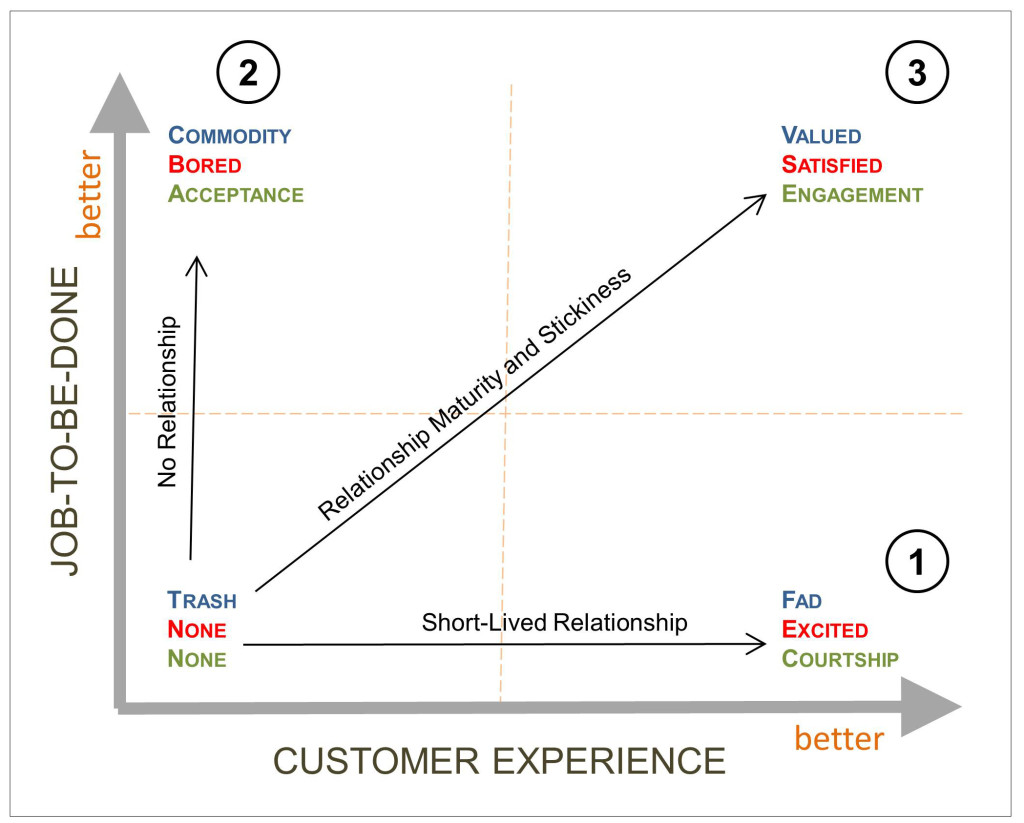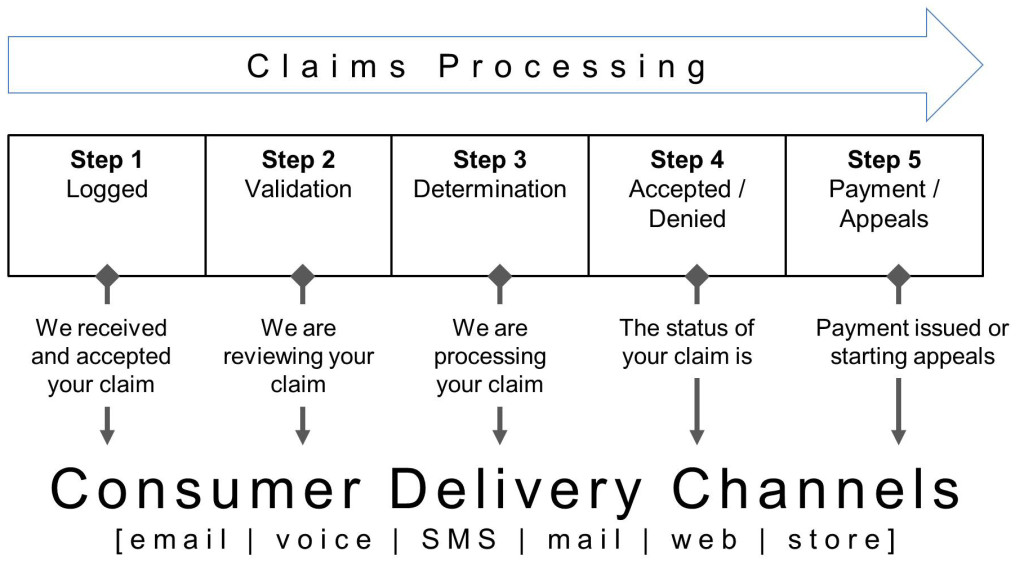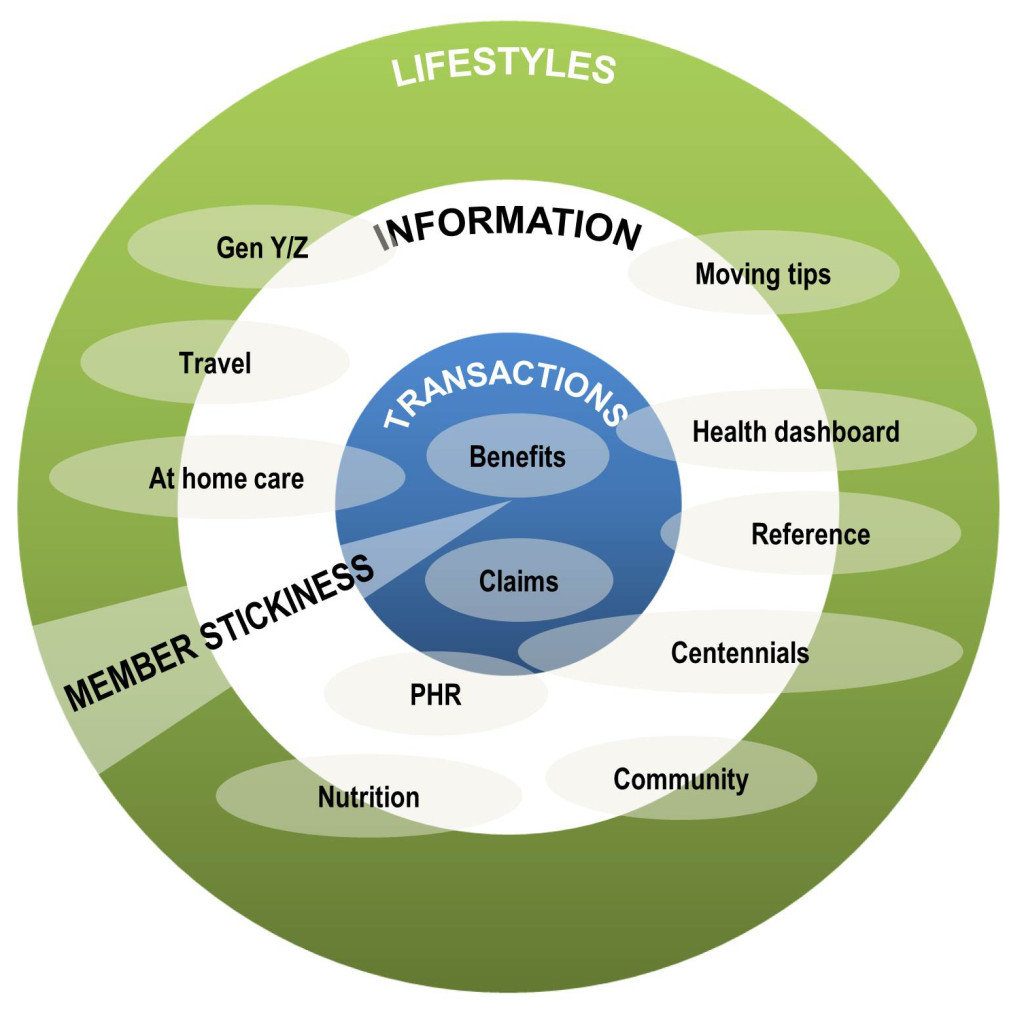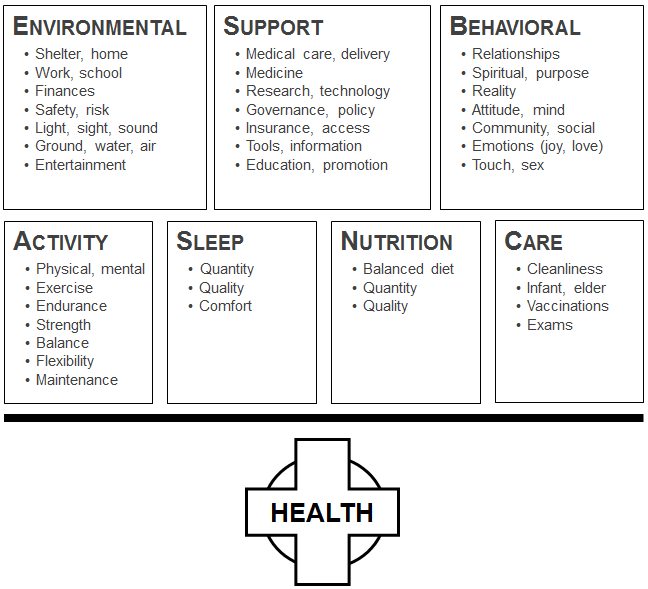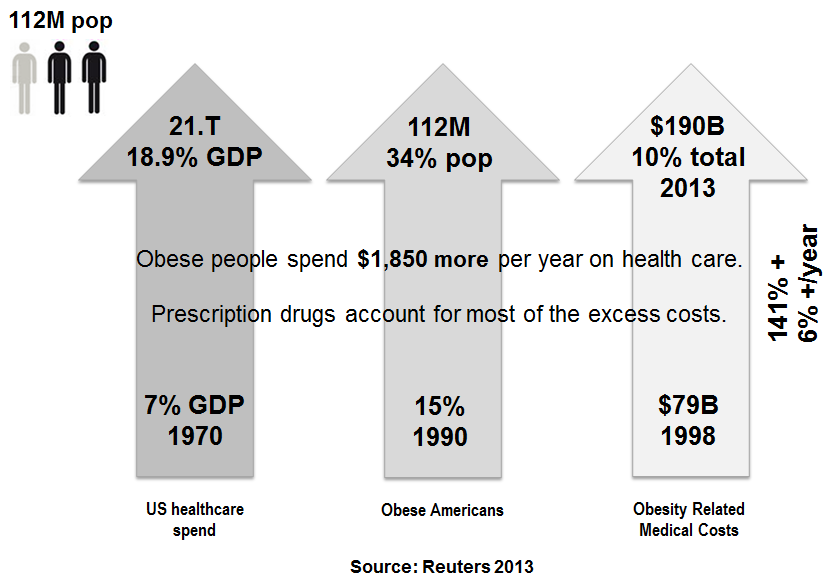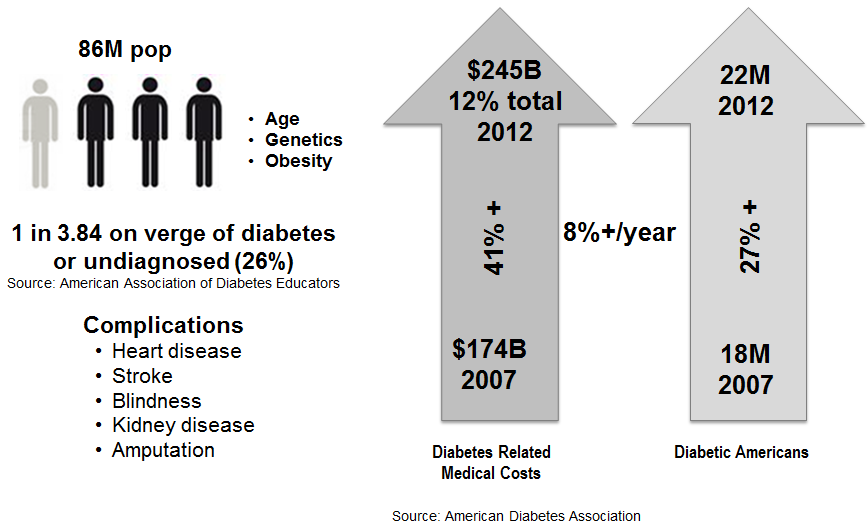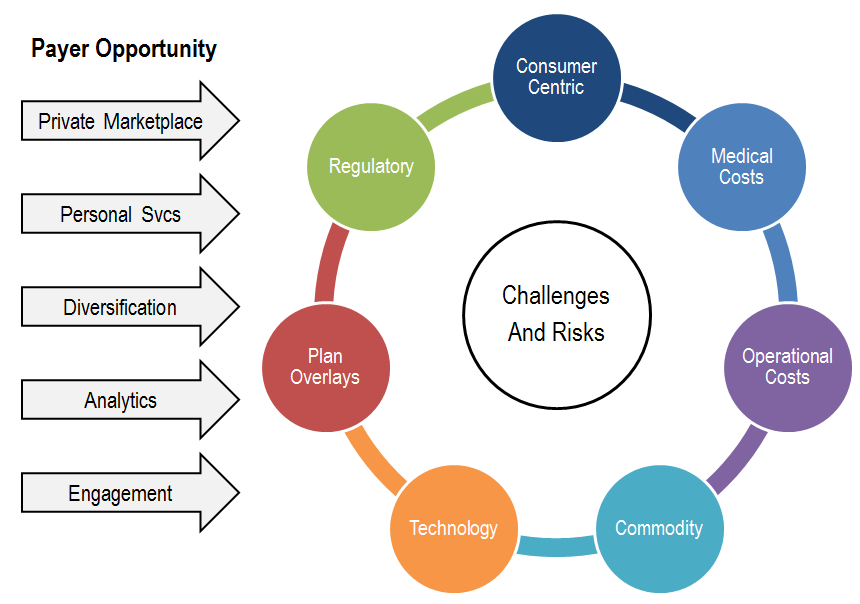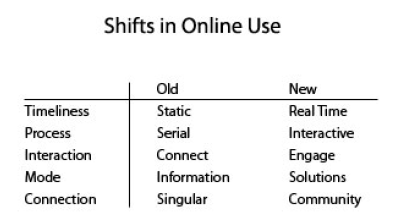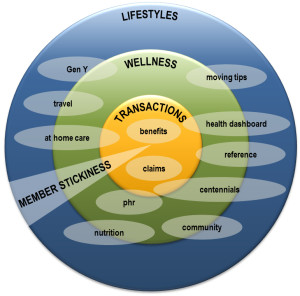Whitepaper
Abstract
Companies launch products and services to consumers with the thought that their product will offer so much value to the consumer without considering the bigger picture. It is a holistic view of the consumer experience that matters if consumer centricity is to be attained. The combination of a product’s functionality and the experience it offers sets a condition for potential consumer engagement and relationship development. Translating this to healthcare, it is important for payers to provide information and tools so members manage their health while offering a connected experience to simplify and navigate the complex maze of healthcare.
Executive Summary
The shift to consumer-driven health is evolving rapidly. Payers need to adapt to retain their members, stay relevant, and manage costs. With medical costs rising and consumers managing their health, payers want to engage them in healthy behaviors and cost-effective decision making. To engage members, payers need to develop trusted relationships and form useful interactions with their members. Relationships require a combination of a superior experience and products that help members manage their health.
A once antagonistic relationship can turn into a productive, lasting relationship by forming an experience high in usability around services and products that interact with consumers, as well as creating the whole experience or journey in dealing with a payer.
Traditionally, healthcare payers focused on providing support to their members through transactions. Transactions include such tasks as looking up benefits, submitting claims, and looking up providers. This is a “get the job done” mentality and lacks a good experience. Transactions support only a fraction of what members need in a consumer-driven world. Health reform and Consumer-Directed Health Plans (CDHPs) started the transformation to consumer-focused healthcare. CDHPs put the consumer or member in control of their health, which places demands on the payers to provide relevant information and useful tools that support decision making and healthy living.
Payers cannot develop meaningful relationships through transactions alone. They need to go where consumers engage with life every day: their lifestyles. Lifestyle is the day-to-day living where healthy behaviors are set and routines developed. Enablers in healthcare, such as biometric devices and mobility, offer a strong connection to consumers, providing immediate monitoring and feedback of their health indicators. The devices and their applications are tools that support members’ healthy lifestyles. A great experience with useful products that target a member’s lifestyle is a winning combination to improve personal health and manage costs.
Doing The Job
There is a need to combine experience and function into a consumer model, and I believe there is a strong use for it in healthcare to achieve member engagement. An idea came to me after I read about the work of Clayton Christensen and a fellow researcher. It was an article on “Milkshake Marketing” from Harvard Business School published in 2011. Clayton’s claim is that 95% of new products fail, and companies need to look at products in the way that customers do: how a product “gets the job done.” Jobs have functional, emotional, and social dimensions.
I was fascinated by this article, which followed the role of a milkshake in the eyes of a consumer. The goal was to increase the sales of milkshakes. The study found that consumers bought the most milkshakes in the morning and for a common reason. Consumers faced a long commute and needed something to make their commute more interesting. They were not hungry but would be by 10:00 a.m. The milkshake was thick, so sucking through a straw gave them something to do. They were in business clothes and the milkshake was less likely to get their clothes dirty than a donut or bagel would; it was contained enjoyment.
Traditional marketing says to segment the market by demographics and product. Clayton’s argument was to segment according to jobs-to-be-done. Focusing on the job, they found that by increasing the thickness and adding chunks of fruit, they enhanced the job-to-be-done and sales increased. They also had another version, a treat for children with a thinner consistency so parents would not have to wait for them to finish it. This shows two jobs that needed to be done. Now add experience.
Experience
I noticed a correlation between a product’s job and the overall experience the person has with it. It seems that more than just user experience (usability), this involves the journey or customer experience of the event before use, during use, and after use. I observed that products that were lean on features but robust on the experience were more likely to be adopted and succeed. The concept of consumers choosing packaging over content has been around for a while. We choose a laundry detergent because our family used it when growing up (brand) or the color of the package is striking (packaging). Not many people actually read and understand the chemistry of the ingredients (content). Maybe we are seeing a shift in consumer behavior and the new form of “packaging” is the experience. Personally, I sacrifice features to remove the hassles of product selection, purchase, and use. To me, experience became the product differentiator, if for no other reason than to avoid adding frustration to my busy lifestyle. If a vendor has a useful product with a great experience, then I do not mind waiting in lines to get it, either. Even the wait can turn into an interesting experience if we design the experience well.
The following figure shows a model for connecting the experience and functionality with consumer relationships
Scenario 1 – High excitement and limited use
Product type Fad
Consumer feeling Excited
Consumer mode Courtship
If you have a useful product that offers a great experience in purchasing it and using it, you could see strong user adoption. The excitement may not be sustained over time, as users realize the “fun” is gone and the usability of the product has waned. Remember the fads of yesteryear. Clothing can fit into the category of a fad. Articles of clothing that have lost their excitement include bleached jeans, hoop earrings, penny loafers, and leggings. They are still functional, but a shift in the experience occurred. Experience can impact the functionality, as well. If a style no longer creates a good feeling while wearing it, the clothing no longer “performs its job” to make the person feel good, and it will be discarded for another piece of clothing. In this mode, you create a short-term relationship and the product seems more like a fad with a short lifecycle.
Scenario 2 – High use and limited experience
Product type Commodity
Consumer feeling Bored
Consumer mode Acceptance
A product such as phone service and cable TV from a cable provider, which does an OK job and provides a poor customer experience, may not have a foundation for a relationship to develop. Forrester reports the customer index for cable TV providers is in the poor range. From a consumer perspective, we put up with the cable TV provider and consumers accept what they are given but will jump to another provider at an opportunity if the product stops performing or they are fed up with the experience. This industry has retention issues, which could be more severe if there were more vendors offering services. The barrier to switching to another provider is low.
Scenario 3 – High use and high experience
Product type Valued
Consumer feeling Satisfied
Consumer mode Engagement
If you have a service with great products and a satisfying experience, such as Amazon. com, there is a foundation on which to build a relationship – even online. Amazon ripped business away from brick-and-mortar stores and offers excellent customer service throughout my shopping experience. I get reviews of products, updates on my order, and an evolving shipping status in real time. The experience supports two tenants of consumerism: It is convenient and fast. Facebook is another example of a product that does the job without getting overly complicated and offers a good experience. Users of Facebook are truly engaged and we see this in how much time is spent on it. It has integrated into the user’s lifestyle – a powerful combination.
To sustain the relationship and use, you must either tune the experience to keep it fresh or maintain the usefulness of the product. I believe I see this in Apple’s iPods. I own four iPods and wondered, “Why?” Apple generated a fun experience for me with their initial product launch. For me, it hit the fad stage first and moved into the valued area. Early iPods did the job of playing music, but over time I began to retire my iPod to a drawer. Why? I found that the excitement of having one diminished and the experience decreased. I then moved into the commodity area.
Soon, Apple released a newer model, which increased my excitement, and the bonus was the newer model had a new feature, making it seem more useful to me. So I bought it. I believe that I quickly moved back to the fad area. Usefulness and experience are high again, so I drift into the valued area. Repeat that cycle nine months later.
It seems like the experience was being pulsed to hook me into buying “upgrades” to keep the experience going. I call this “Pulsating Experience Marketing.” I was an experience junkie, and the behavior seemed a lot like the way I play with a cat. I would put a toy on a string and then tease the cat by moving the toy close and then pulling it away. Repeat for a sustainable experience. Without the introduction of a new experience, the first iPod would have gone to my daughter’s play box with no repeat of the cycle. I believe that experience and usefulness are closely linked to driving consumer behavior, and behaviors drive consumer engagement.
Experience + Job = Relationship
Expanding on the concept of “Milkshake Marketing” and translating it to healthcare and consumer engagement, payers “do the job” of providing benefit plans and services to consumers. In their annual customer experience index, Forrester ranks health plans in the “poor-to-very-poor” range, mostly because the experience of purchasing and using health plans is less than desirable. On top of this, payers lack differentiation between themselves, and there is a low barrier to change payers for consumers. This is largely because payers do not practice relationship building with consumers.
Contrary to popular belief, payers want to engage consumers and help them live a healthy life, but consumers do not want to be engaged by payers at this early stage. Instead, consumers prefer to have an existing relationship in place with payers in order to build a deeper relationship. Only when the consumer experience and the “job to be done” are considered acceptable by the consumer, can a payer then begin to build and nurture the relationship.
If you ask them, payers may say there is a lack of consumer or member experience during the claims process because payers process the claims internally and the member does not participate directly. The payers to a degree can be considered right and wrong in this regard. They are right in that payers do not in fact generate a member experience during this process and it is possible that the member will start wondering what happened to their claim. Payers are wrong in that there is no managed experience – a missed opportunity in relationship building. After all, it is human nature to think the worst, and in this case, members imagine their claim is not going well or something has gone wrong.
After a period of time, the member will enter the frustrated stage and call their payer to find out the status of their claim. This call will end up costing the payer approximately $3 to $5. If payers could generate a better member experience around the claims process, the payer would not incur the cost of this call. Perhaps, payers could provide a message to members using SMS or email to advise them where their claim is in the process. They could use a simple graphic with a five-stage process or a text message stating the claim is in “Stage 3” with “We are processing your claim with no expected delays,” which provides the necessary and relevant information to prevent the consumer from entering the “frustrated stage.” Does this sound familiar? Amazon accomplishes this feat by communicating order-tracking information to show consumers their order statuses. Seeing order activity or progress eases the concerns of consumers as they wait for their order to be processed and shipped.
In a consumer-driven world, we usually do not like to wait. That being so, if payers were able to communicate the status of a consumer’s claim as it traveled through the process, the member experience would be much more enjoyable. Members would become satisfied, since the payer took the action first and generated a dialog around the claim event. This may even sound like a reassuring voice, such as, “Don’t worry, we are providing personalized attention to your claim.” With this capability, members would be able to choose how much information they want to receive, how often, and even select their preferred channel of delivery. After all, it is all about “me” in the world of the consumer.
By providing a positive member experience coupled with products that do the required job, payers are now able to build relationships with members through useful communications and interactions. Over time, as the relationship grows, the opportunity for engagement by the payer will be created.
In order to build relationships with members, however, payers must focus on the following three guidelines:
- Offer a product that does the job for members in a way they want the job to be done.
- Provide a grand experience in two areas: a well-designed member experience on all member touch points and a tuned member experience so that consumers are happy interacting with the payer.
- Extend their products to be more than benefit plans and provide members the tools to help them in their pursuit of healthy living and enjoyable lifestyles. The result is that the “doing the job” indicator goes up.
Building relationships aids in member engagement and increases retention. It is about the quality of the interaction, and not the quantity. The relationship is formed around common goals such as improving members’ health. If the interaction is pointless and without value, it becomes annoying to the member and the experience deteriorates.
Engagement is Good for Everyone
Engagement at a member level has many benefits, not only for members, but also for payers and the health system. At the “Engaged Stage,” payers can:
- Modify member behaviors to lower likelihood of chronic diseases
- Promote healthy living for members
- Offer information and tools to help members make intelligent health decisions
Because medical costs are increasing at an alarming rate each year, member health is a priority for payers and providers in order to manage costs. The CDC says chronic diseases account for $3 of every $4 spent on healthcare and that chronic diseases are preventable by modifying consumer behaviors. This is a perfect example of how consumer engagement solutions can help lower costs and decrease chronic diseases, but member relationships are required for engagement programs. For payers to engage their members, they need to focus on two areas:
- The customer and user experience
- A product or service that performs what the member wants to do
By bringing these two items into the design of a mobile app that supports healthy behaviors with relevant content, healthy tips, and encouragement, the payers open the door to engagement with members by helping them modify their behaviors that lead to chronic diseases. That is a lot to say, but you can see how it is all connected, and healthcare has many moving parts.
Consumer Centricity
A rise in priority of consumer centricity is just as important as cost management is for payers. Engaging members in healthy living and using self-service tools is important to lowering health costs and empowering members in an era of consumer-driven healthcare. Therefore, in the end, a sustainable solution to lowering health costs and having a healthy member base over the long term can be achieved through consumer centricity. This approach takes time and is an investment in the health system and in its members.
If you are looking for low-hanging fruit and easy successes, focus on the user experience. The fastest road to a good experience is to remove pain points in services and products that touch customers. Usability testing can provide enlightening results and insight into any such pain points. An annoyed customer can be transformed into a satisfied customer by assessing online assets and updating the design based on the findings.
In order to offer a more consumer-centric experience, some solutions could be to offer consumer-centered products and services that are aligned to the consumer’s personalized needs, tune customer experiences to build relationships, or engage members in healthy living and decision making with personalized programs. These are all examples that can contribute to lower costs by improving member health and consumer engagement. Payers now have a raison d’etre and they remain relevant. Payers can use their big data repositories filled with member information to provide members with targeted and relevant information and tools backed by a terrific experience. Why would it work? Payers would take time to build relationships and trust with their members and shift into a consumer mode of business. Moving to a consumer view is a graceful transition toward diversification, since payers can provide solutions that accommodate members where they live the most: in their lifestyle.
HealthScape
The traditional interaction with payers has been around transactions: find a doctor or pharmacy, look up my benefits, and look up my claim. This is the transaction layer in the consumer relationship. There is little opportunity for a payer to develop a relationship and generate consumer stickiness in this area. Members, in this case, only go to the transaction layer to perform a transaction, which for any large payer is about one to two times a year. The main reason that many members perform a transaction is because they are going through a health event, like a sickness or medical condition, and members are already in a stressed state of mind dealing with a personal or family health issue. This is not the best time to generate a relationship. The best way a payer can generate a positive experience in this layer is to provide superior support for the member when needed. This translates to a flawless experience by offering a caring connection, managing administrative tasks and processes, and performing event logistics so members can focus on their health. In order to build productive relationships, payers need to go where the people are when they are in a good state of mind.
The following figure shows a representation of the HealthScape from a consumer perspective. There are three distinct layers around health and consumer involvement, with the transaction layer being at the core. Each layer is different in how often members interact in each layer.
In the “Transaction Layer,” members may interact several times a year with a payer performing a health transaction. In the “Wellness Layer,” members interact far more often, such as one to two times a week, depending on their personal plans for nutrition and exercise. When in the “Lifestyle Layer,” there is a potential for members to be involved in health every day, as it becomes part of a routine in a person’s daily living. In the “Lifestyle Layer,” a payer has the potential to achieve relationship nirvana – stickiness.
While in the “Wellness Layer,” members are focusing on sustaining or achieving a state of wellness. In this layer, the main issues on members’ minds are nutrition, exercise, and healthy behaviors. Members are focusing on their health to minimize the risk of becoming sick and maximize the potential of leading a productive life. Members also begin to enter into a relationship with wellness providers and coaches to engage in healthy behaviors. Telephone coaching is an example of this. However, wellness is one of many personal priorities a member manages, so it may not be their top priority all the time. For wellness to be embraced, a member must absorb healthy thinking into their life on a daily basis and it must become part of their lifestyle.
In a “Lifestyle Layer,” members interact, work, play, and experience life every day. Examples of health in the “Lifestyle Layer” are the many new devices that monitor daily activity, such as sleeping habits and nutrition. The “Jawbone UP” and “Fitbit Flex” are wearable devices providing biometric data to consumers throughout the day. These devices provide feedback to members so they can adjust their actions and behaviors in order to reach their desired goals. These devices become part of the wearer’s lifestyle and that lifestyle changes based on the feedback they receive. If a member works in an office and sits at a desk too long, an alarm will go off, letting the wearer know they need to be more active and move around. If this happens often enough, their thinking will be changed and a new behavior formed, leading to healthy outcomes.
Solutions in the “Lifestyle Layer” focus on supporting consumers in their quest for sustained healthy living. It is important to help members approach health in a holistic manner and offer encouragement in the form of helpful tools that promote education in the areas of nutrition, exercise, stress, care, community, and healthy living habits. In this layer, relationship maturity can blossom. To assist payers in their vision to diversify, they can take advantage of this opportunity in the “Lifestyle Layer” by offering such tools to reinforce healthy behaviors for their members and provide more than just health plans. The definition of health to a payer is more about healthy living for members and not just paying a claim.
Years ago, the same transformation occurred in the banking industry. Banks interacted with consumers simply by performing transactions such as depositing a check. Now banks offer a full suite of services, such as financial planning for retirement, college savings, and family growth, supporting a person throughout their life.
An extension of a payer’s offer could be to aggregate data from multiple biometric devices to provide services to their members such as a health dashboard with relevant content to support decision making and behavior changes in pursuit of healthier living. As mentioned under the “Engagement Section,” healthy behavior lowers the likelihood of chronic diseases, which in turn lowers medical costs in health care.
Summary
It may appear that payers are losing some control to consumers, but in reality, they are increasing cost control through member enablement. It is important for payers to trust and empower members to do the right thing for their health. Payers must provide relevant information and decision tools to arm their members in their pursuit of a healthy lifestyle.
The benefits of consumer centricity align well with payer value:
- Coordinated member experience
- Personalized communications to channel preferences for engagement
- Usable consumer tools and online assets to manage the experience
- Align consumer programs with the business strategy to manage effectiveness
- Drive member healthy behaviors to manage chronic diseases and manage costs
- Support consumer health decisions with information and tools to manage costs
- Unified platform for member communications for consistency
- Generate 1:1 relationships with members for retention and engagement
- Increase stickiness with members for retention
- Compliance to CMS and federal disabilities organizations to minimize risks
- Integrated mobile and social enablers to optimize consumer engagement
- Payer remains relevant through useful solutions
Payer centricity and provider centricity is replaced over time with consumer centricity. Consumers begin to take control of their health, with payers and providers transforming to meet the consumer challenge of a long, productive life and quality care while managing costs.
The goal is to have an engaged, healthy community of people. With so many moving parts and interactions, a thorough assessment of the payer’s approach to a consumer-driven world is required before embarking on launching disparate tactical programs, or confusion replaces engagement.
